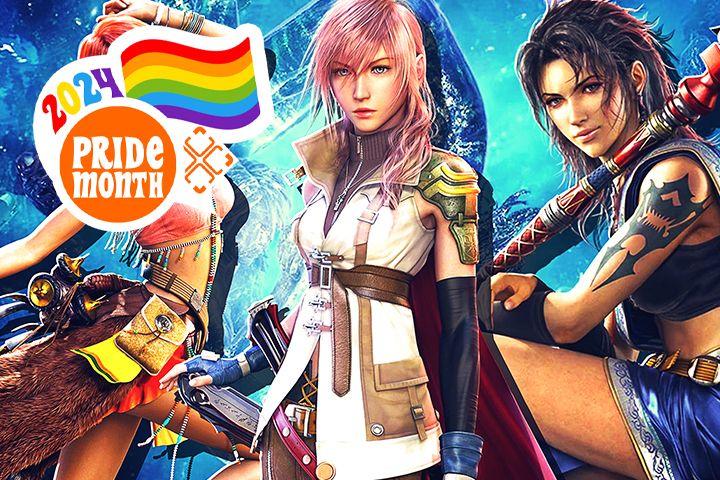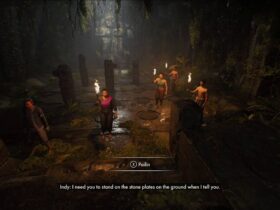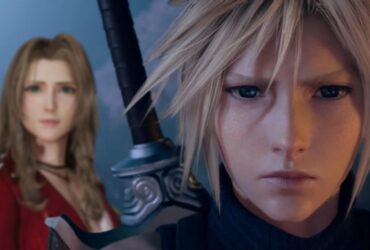Final Fantasy 13 stands the test of time. When it was first released back in 2009 after years of stunning trailers and gradual drips of news, the JRPG arrived with a relative whimper and to divided reception. It was a visually gorgeous yet painfully linear series of corridors that was buoyed by an admittedly impressive battle system, but characters who sadly weren’t as compelling as all those who came before.
But looking back, I will always have a soft spot for Lightning’s trio of adventures. Not only do Final Fantasy 13, 13-2, and Lightning Returns still play well and look impressive, they serve to represent the direction the series would take for the foreseeable future. In fact, you could claim that Final Fantasy has been embracing linearity for much longer.
15 Years Later And Final Fantasy 13 Is A Misunderstood Classic
People seem to forget how similar Final Fantasy 10 and Final Fantasy 13 really are. Both are relatively linear RPG experiences where the majority of the maps you explore are made up of straight lines with only a handful of side excursions to partake in. You can abandon some main paths to find treasure chests to open and NPCs to talk to, but otherwise it follows just one path to progress the narrative.
Eventually, you gain access to an airship which lets you take on new quests and revisit old locations to witness how Spira has changed in your absence. But if you so choose, all of these distractions can be ignored.
If you stumble upon a difficult boss you can’t defeat, your only option is to learn its strategy, or turn back and engage in some monotonous grinding until you’re powerful enough to win. Seven years before 13’s arrival,
Final Fantasy 10 was already engaging in a simple yet effective type of cinematic blockbuster with an illusion of depth at its centre. Fast-forward to modern day and Final Fantasy 7 Remake and Final Fantasy 16 are of similar styles, and I’d argue you hear far fewer complaints about those than we ever did with 13. We were riffing on this game for its flawed linearity only for that direction to become the norm.
Final Fantasy 12 was an outlier, and has been since its release with its massive open world and gameplay design that is more akin to a single-player MMO than turn-based FF entries of old. One thing I love about this series is how every game isn’t afraid of being unique with all its worlds, battle systems, and characters, but the general flow of Final Fantasy has stuck to an established template for a long time now.
It Still Plays, Looks, And Feels Incredible
While it grows long in the tooth eventually, I didn’t mind the linear direction Final Fantasy 13 decided to take. When the party is labelled as L’Cie after the first act, they are all split up as they are forced to go on their own isolated adventures. By separating this ensemble into so many unlikely pairings, we are able to watch polar opposite characters develop and learn to work alongside one another.
Lightning’s staunch determination to find her sister couldn’t be less of a match for Hope’s unwillingness to stand up for himself, but they bring a softer side out of each other until they are both ready to move forward. By the time the party reunites so many hours later, they are different people both personally and mechanically.

Related
Unpacking The Queerness Of Final Fantasy 13
The thirteenth entry in this beloved RPG franchise has a surprisingly queer heart.
Yes, some areas go on for way too long and the level design is woefully repetitive at times, but thanks to an incredible battle system that frequently reinvents itself with new additions, it seldom feels like a chore. The paradigm shift system and eventual introduction of eidolons is the perfect way to make each role feel distinct. While there are some boss battles that are so challenging, I’d put them up there with the series’ best. This was arguably the pinnacle of the series’ turn-based battle system, combining a thrilling feeling of movement and action with a constantly evolving battlefield defined by strategic decision-making.
I always get annoyed by the idea that the inclusion of an ‘auto-battle’ option means the game plays itself. In practice, this option is almost essential in later battles as changing roles is key. There isn’t enough time otherwise to perform the actions you need to.
By the time I arrived on Gran Pulse and was finally given a taste of true freedom, it felt like an achievement I had earned. Now I could take on a variety of quests that put all my skills to the test after I’d spent 30 hours or so honing them as part of a linear narrative. This development takes too long to arrive, and is a balance the series has managed to strike better since, yet its impact is unmistakable. A wide open world reveals itself just when it feels like the game is nearing its end. That alone makes Final Fantasy 13 an experience worth remembering.
Final Fantasy 13 is more warmly regarded now than it was at launch, but it still feels like a thorn in the side of the franchise that refuses to budge. Despite its shortcomings, however, the game does so well and pushes the series forward in ways it is still embracing to this day.

Final Fantasy 13 is the first in a trilogy of RPGs from Square Enix, focused on the character of Lightning. She must battle against the authorities of Cocoon, and help save her sister in the process.















Leave a Reply